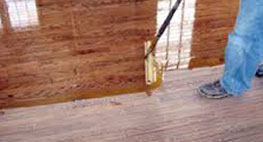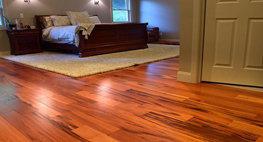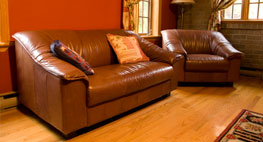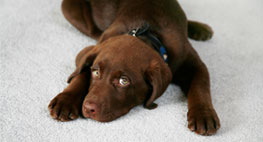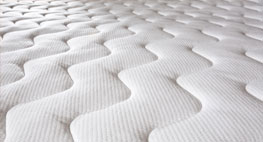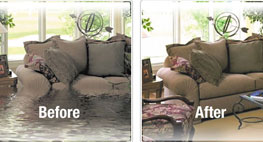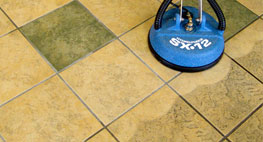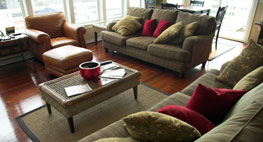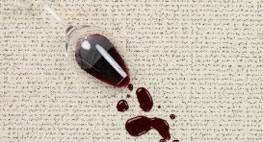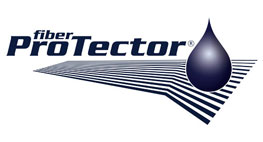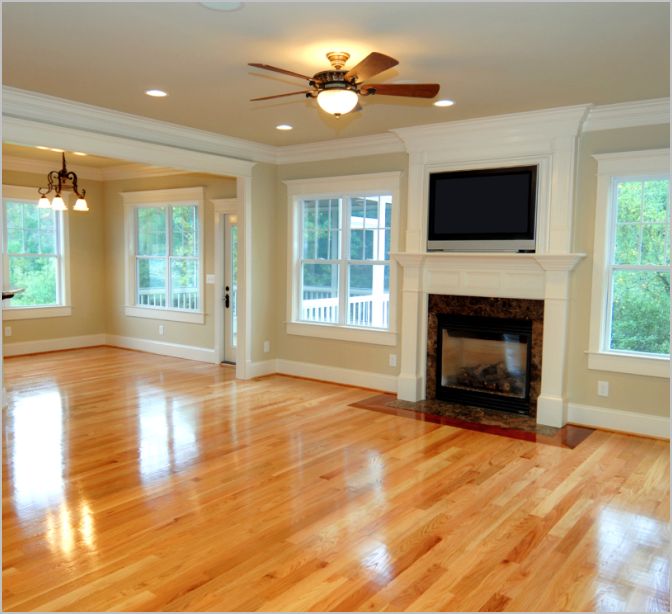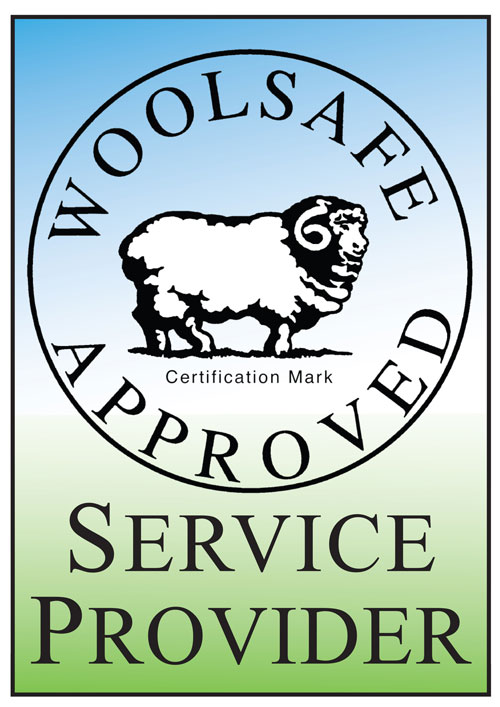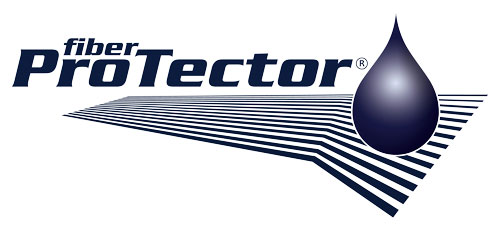In early 2006, Mohawk Industries, Shell Chemical and DuPont jointly petitioned the FTC to establish a new generic fiber subclass name under the existing classification of “polyester” for polytrimethylene terephthalate or PTT.
Shaw sells PTT under the Corterra brand name, and Mohawk currently sells PTT under two umbrellas; Smartstrand and SmartStrand with DuPont Sorona renewably sourced polymer.
On March 20, the Federal Trade Commission approved a new class of fiber formerly listed as a sub-classification of polyester and called polytrimethylene terephthalate or PTT.
Henceforth, PTT is to be called by the generic name “triexta” and no longer designated under the polyester classification.
This ruling is significant and historic for the carpet industry. This is the first extension that the FTC has approved for textiles in five years and the first extension for residential carpeting in 50 years, since nylon was established under the Textile Fiber Act in June 1959.
The FTC requires three criteria to be proven for a subclass name to be granted:
- It has the same general chemical composition as an established generic fiber category.
- It has distinctive properties of importance to the general public as a result of a new method of manufacture or substantially differentiated physical characteristics, such as fiber structure.
- The distinctive feature(s) of the fiber suitable for uses for which other fibers under the established generic name would not be suited, or would be significantly less well suited. Triexta, polytrimethylene terephthalate (PTT), is similar to polyester, polyethylene terephthalate (PET). Both are dyed with disperse dyes. However, PTT is said to be superior to polyester PET in at least three ways:
- softness or hand
- durability – more durable than polyester and comparable to nylon, and
- permanent stain resistance to common household foods including: red wine, colored beverages, mustard.
Like most synthetic fibers, PTT also is allergy friendly (mold-resistant) and kid safe.
Origins of Triexta
Triexta (PTT) was originally developed and patented by the DuPont in 1941. In 1999, Shell began and marketing PTT under the trade name Corterra.
Like most synthetic fibers, the PTT polymer was derived from petroleum products. However, it did not gain much traction in the carpet market, because of the dominant position of nylon, and the allocation of manufacturer resources to extruding and processing nylon fiber.
Since 2001, Shaw Industries, a subsidiary of Berkshire Hathaway, Inc., has marketed the Corterra trade name and has manufactured carpet using PTT, initially for the multi-family housing market.
Triexta, Mohawk’s version of PTT has been marketed under their SmartStrand trade name since 2004. However, when PTT is combined with DuPont’s bio-component made from 37% corn sugar (Bio-PDO), it is marketed under the trade name SmartStrand with DuPont Sorona.
While the professional carpet cleaning industry is always excited by new developments in polymer chemistry, the triexta fiber designation raises a number of issues for professional cleaners:
Dyeing
While triexta can be dyed in a variety of ways, the most common technique employed is continuous dyeing using disperse dyes. At this writing, there appears to be no effort to use print dyeing on triexta carpet. Staining
Although both polyester PET and triexta PTT resist acid dyes, they also resist strong disperse dyes, such as the turmeric used to color yellow mustard. Bleaching
Triexta is resistant to strong oxidizing bleaches, such as sodium hypochlorite, even in concentrated form (6%). In fact, it is said to resist bleaching even better than polyester PET. Fading
Triexta has been subjected to a wide range of colorfastness tests including high concentrations of ozone, nitrogen dioxide, and light and sun fading. Its performance in this area is superior to polyester and Type 6 nylon and comparable to Type 6,6 nylon.
Oil Absorption
Triexta is oleophilic, and performs similarly to polyester PET and olefin. Although additional long-term testing is required, it appears to respond well to removal of oily spots and soils (petroleum, animal, vegetable) using dry solvent spotters and cleaning additives (e.g., propylene glycol).
Hand
Triexta’s hand, while a somewhat subjective evaluation, is achieved by the polymer itself, and is noticeably softer than polyester, and comparable to nylon fiber. Typically, triexta is extruded in the 13-16 denier range. PDO, made from corn sugar, results in the same fiber polymer as that produced from petroleum.
Texture Retention
Both fiber producers and retailers confirm that triexta, which has been on the market since 2004, is not subject to the texture change that is so prevalent in cut-pile or, to a lesser extent, even loop-pile polyester PET carpet that is exposed to vacuuming and traffic over time. Its texture retention is said to be comparable to Type 6 nylon and even as good or better than Type 6,6 nylon.
Cleaning
Cleaning polyester (PET) never has been a problem, and the same should be true of triexta as long as consumers stick to a reasonable frequency (annual for frequently trafficked carpet). In fact, there are no special requirements for cleaning triexta that go beyond the cleaning principles that apply to any other synthetic used in today’s broadloom carpet. However, the impression of cleaning, where light pastels are concerned, may be another story. But that’s a specification problem…
At this point, PTT does not hold a significant carpet market share; however, promotion by major industry players, such as Mohawk, Shaw and DuPont, may change that. As far as long-term performance is concerned, only time will tell. Rest assured, however, that professional cleaners, who deal with the effect of fiber characteristics long after carpet purchase and installation, will be among the first to know.
Written by Ruth Travis & Jeff Bishop




